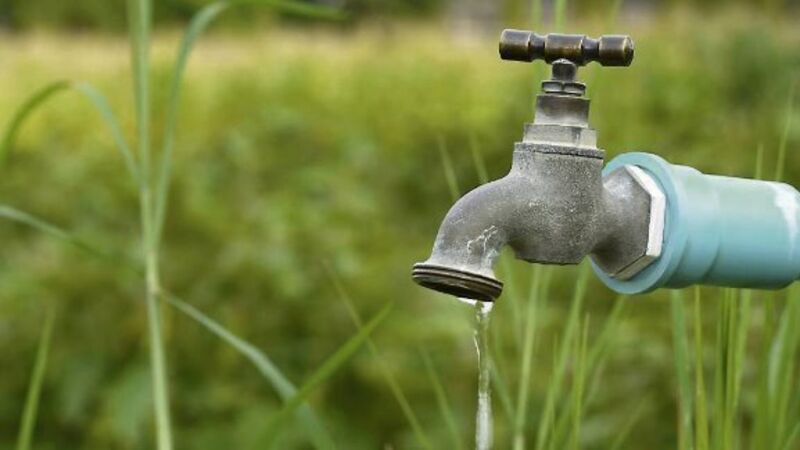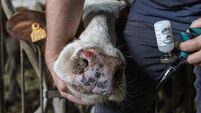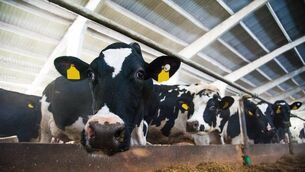Simple steps to protect your well

Nearly 50,000 may be contaminated by E coli, says the Environmental Protection Agency (EPA), which has issued new advice on private wells.
According to the Health Service Executive, people treated for VTEC (Veritoxigenic E Coli) are four times more likely to have consumed untreated water from private wells. Ireland has the highest rate of VTEC in Europe. VTEC is a toxin producing form of E coli, and is a lot more serious than an ordinary tummy bug. However, by taking simple steps to protect your well this disease is preventable.










